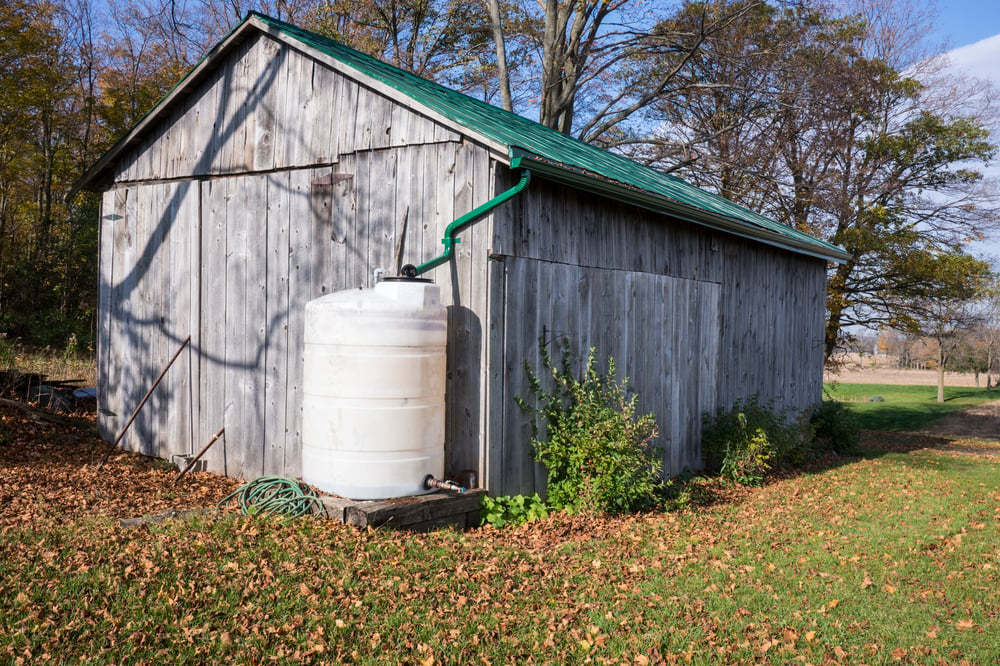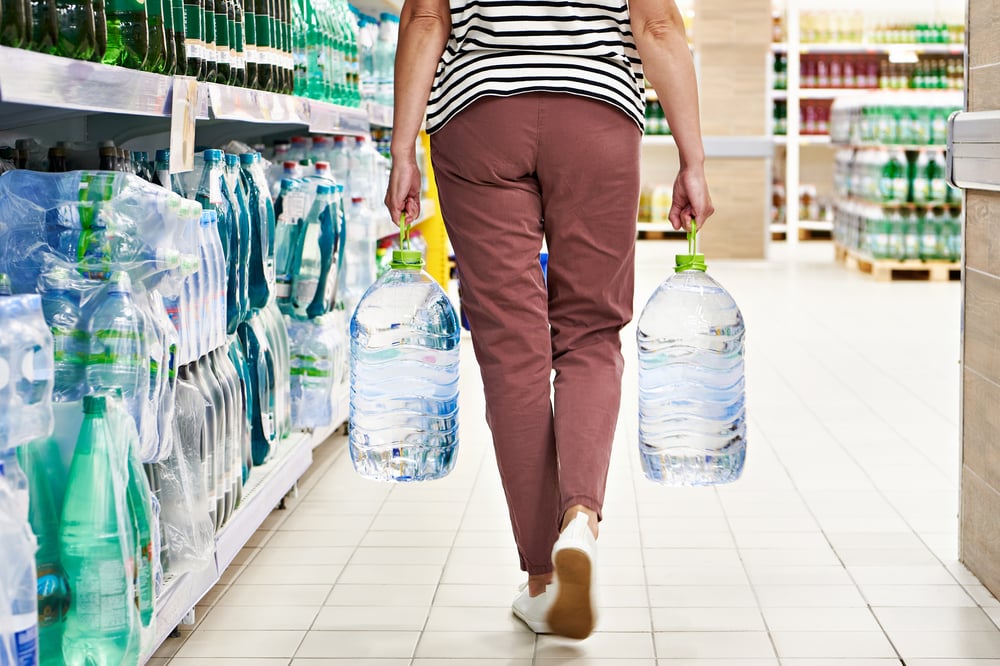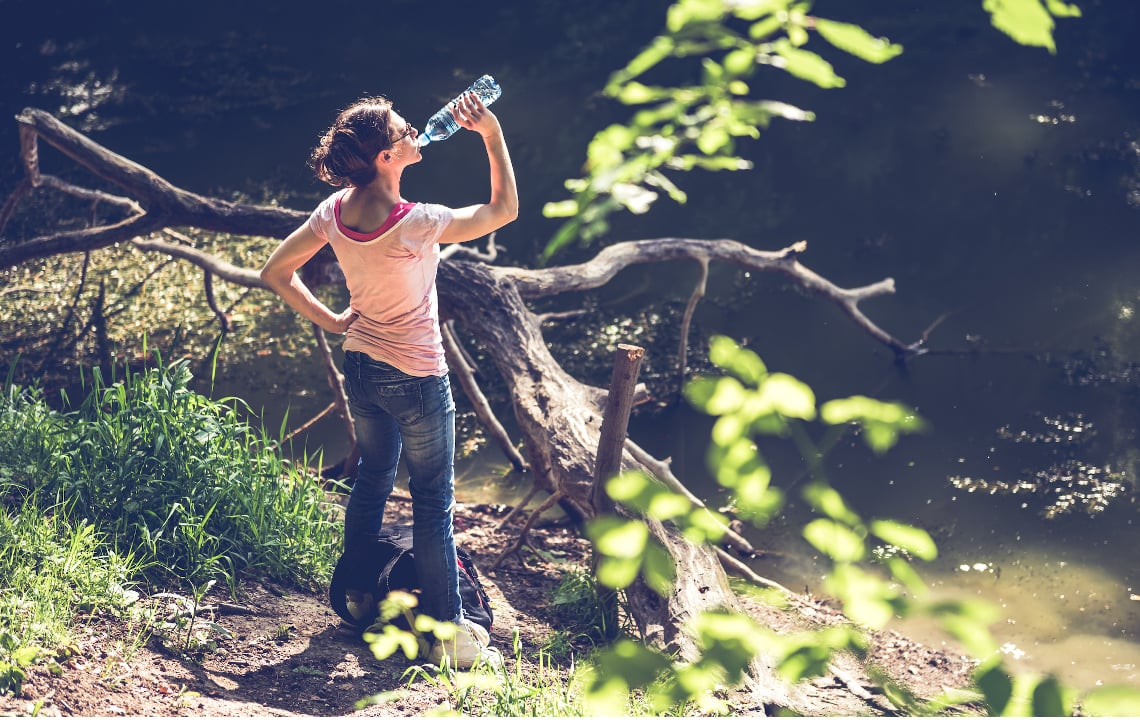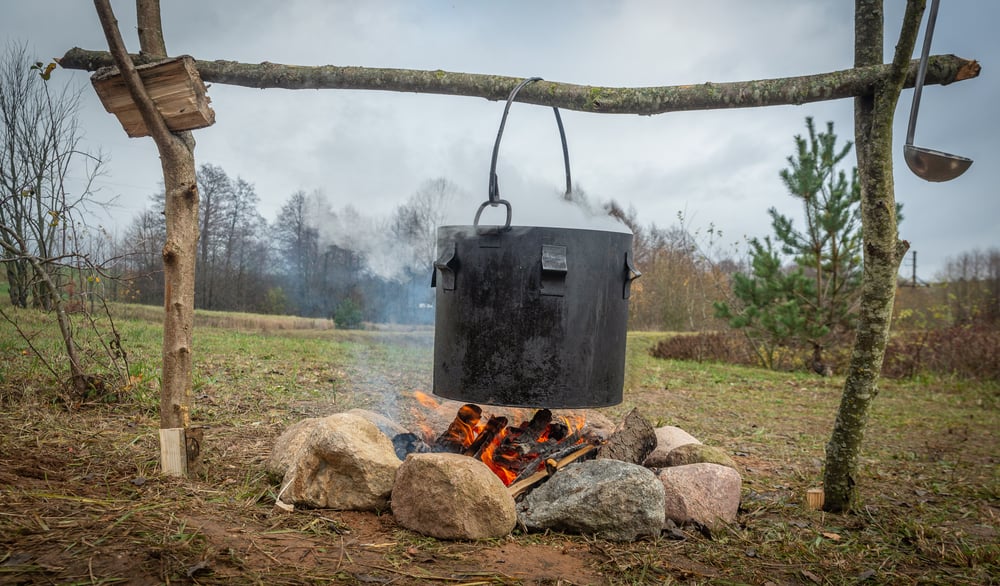When catastrophic events occur, how do you access clean water? A survival expert weighs in on the basics, and importance, of water and how to properly purify it for safe consumption.
Emergencies are inevitable and happen from time to time.
Should a natural disaster strike your community, it’s critical to be prepared with the items you’ll need to survive. While many preppers focus heavily on stocking up on food, water should also be at the top of the list.
To learn more, we spoke with survival expert, and Rethink:Rural author L. Woodrow Ross about sourcing and cleaning water for consumption should an emergency occur.
Water & Its Importance in Sustaining Life
Water is essential to sustain life, emergency or not.
According to Ross, humans can only survive three hours without shelter in a harsh environment, three days without water and three weeks without food. This is known as the “Rule of Threes”.
When it comes to sourcing and consuming water during an emergency, Ross says to put survival first.
“In a dire situation, it is best to drink water,” says Ross. “Even if it’s not possible to purify it, it’s a matter of survival.”
On average, the typical American human uses 82 gallons of water a day. This accounts for drinking water, daily showers, flushing toilets and even small home water leaks. But during an emergency, this amount of water may not be accessible.
In an emergency situation, Ross explains that a human requires a gallon of water a day for consumption alone.
“This includes water used in beverages,” Ross explains. “At a gallon a day, it would require approximately 90 gallons for three months per person. After that, a water source would need to be located.”

Where To Find Water During an Emergency
According to Ross, in a survival situation, water can be sourced in many usual and unusual ways.
“Transpiration could be a water source,” he explains, “but it requires a plastic bag. Use the bag to surround foliage, and over time moisture will be collected. Dew can be collected on a cloth and wrung out to slake thirst. Even a dry streambed might yield some water if a hole is dug and allowed to collect.”
In addition to the above, water can be found and collected in various ways. It just takes knowing where to look.
Ideas for Sourcing Water
- Look for bodies of water: This is an obvious solution, especially if a large body of water is close by. Oceans, seas, wetlands, lakes and ponds are all considered bodies of water.
- Also, be on the lookout for natural springs. These are common in mountainous areas and tend to offer a fresh running source of water.
- Rainwater: Rainwater can be collected in large drums or buckets during a rain shower. Position the container under a home gutter for faster collection.
- Puddles: When there’s rain, there will be puddles. Although this may not be the cleanest source, it does offer a means for accessing water.
- Swimming pools & hot tubs: Swimming pools and hot tubs are large containers of water. But are they safe to drink from and use during an emergency? With many chemicals and potential dirt and bacteria, this can be considered an iffy source. John Walter, the Super Prepper, wrote this article to teach readers how to safely use and consume swimming pool water.
Other places to find water during an emergency: Although some of these may seem odd, ultimately, they offer a lifesaving source of water
- A home water heater
- Water pipes
- Liquid from canned food
- Toilets
- Fish tanks
- Water beds
- Snow
Once water is sourced, the question then becomes, “How does one go about cleaning, filtering and purifying the water for safe consumption?”
How to Clean and Purify Water for Use and Consumption
Even if water seems clean and safe, it is always best to err on the side of caution.
Any water collected outside of your home or from unusual sources, such as toilets and water beds, should be disinfected before consumption. Consider stocking up on household bleach and water-purifying tablets such as these.
“Disinfecting water can be done in several ways,” says Ross. “Boiling, use of a few drops of bleach, and commercially available agents work to clean water. When boiling, it is recommended to allow a full boil for one minute. But, to be safe, I recommend at least two minutes.”
Ross mentions the use of common chlorine bleach to disinfect water:
“Three to five drops per quart, depending on water clarity,” he explains. “This will have a funky taste but will be palatable and keep you alive.”
A common concern with collecting water from various sources is the presence of dirt, bacteria and viruses.
Filtering and purifying water is a good way of eliminating contaminants and particulate matter.
Ross suggests using layers of clean sand and charcoal for filtering. “This will remove the particulates, but you will still need to boil or add bleach to purify,” he explains.
Another method of water filtration is to use a plastic soda bottle filled with water.
Tie a cord around the neck and spin it around, using centrifugal force to settle the particulates. Pour off the clear water at the top and discard the settlements. “This works well,” says Ross, “but you will still need to purify the water.”
Iodine can also be used as a quick water treatment method.
Generally, iodine is fairly inexpensive and can kill bacteria and viruses. It can be purchased in liquid or tablet form, depending on your preference. Follow the manufacturer’s label and instructions for disinfecting water for consumption.

Water Stockpiling and Storage Tips
Ross recommends stockpiling water before an emergency occurs. “If you stockpile water,” he explains, “it must be rotated out on a timetable to ensure drinkability.”
A few tips for stocking up on water:
- First, figure out how much water you need to stockpile. Consider the number of residents in the home, and don’t forget about any pets. Remember, each person or pet needs at least one (1) gallon of water per day for consumption.
- Purchase a gallon or two at each visit to the grocery store.
- Store water in a cool location with no direct sunlight.
- Pay attention to expiration dates. Store-bought water must be replaced every six months.
- Avoid storing water in areas where toxic chemicals are present, such as gasoline, paint, and pesticides.
Special Notes for Storing Water in 55-Galon Drums
Storing clean water in 55-gallon drums is a great way to stockpile a few weeks' worth of water for a family.
- Buy new, food-grade drums, do not attempt to re-use old drums, especially those that have contained chemicals! Buying second-hand is not a good idea with water storage drums.
- Store them in an accessible location indoors (garage, basement, etc.), away from direct sunlight, extreme cold, heat, and chemicals.
- Storing directly on concrete is not recommended due to the possibility of chemical leaching from concrete.
- These barrels will weigh at least 400 pounds when filled, so keep this in mind when choosing a safe storage location.
- Clean, using natural dish soap and water, and disinfect with bleach or peroxide prior to use.
- This step involves adding the soap to the barrels, along with water, capping them, rolling them around, rinsing and repeating until every trace of the soap is removed.
- Next, finish off with a disinfectant using a similar process.
- Fill with fresh, clean water using a food-grade hose vs. a garden hose.
- If you're using city water, no further treatment is required. If you're using well water or captured water, treatment using a chlorinated water storage treatment solution is required.
- Cap the water and label with the date and any other pertinent information.
- Plan to replace with fresh water every 6 months.
For a full tutorial, including tips on siphoning, check out this video by City Prepping.
Final Thoughts & Resources
It’s easy to see that water is essential for any prepper and survivalist’s emergency plan. Whether you choose to store or find and disinfect water, it’s important to prepare before disaster strikes.
To learn more from Larry, be sure to visit his website.
And if you’d like to read more on prepping and survival, check out these Rethink:Rural blogs written by Larry Woodrow Ross:
- The Beginner’s Guide to Prepping
- How to go Primitive Camping
- How to Teach Kids to Build a Campfire Safely: A Step-by-Step Guide
- Fire Starting Tutorial
- Surviving Cold Weather due to Catastrophic Events
- Tips for Outdoor Cooking
- Old-fashioned Skills can help Children Thrive in Uncertain Times
- Primitive Crafts and Survival Skills for Uncertain Times


























